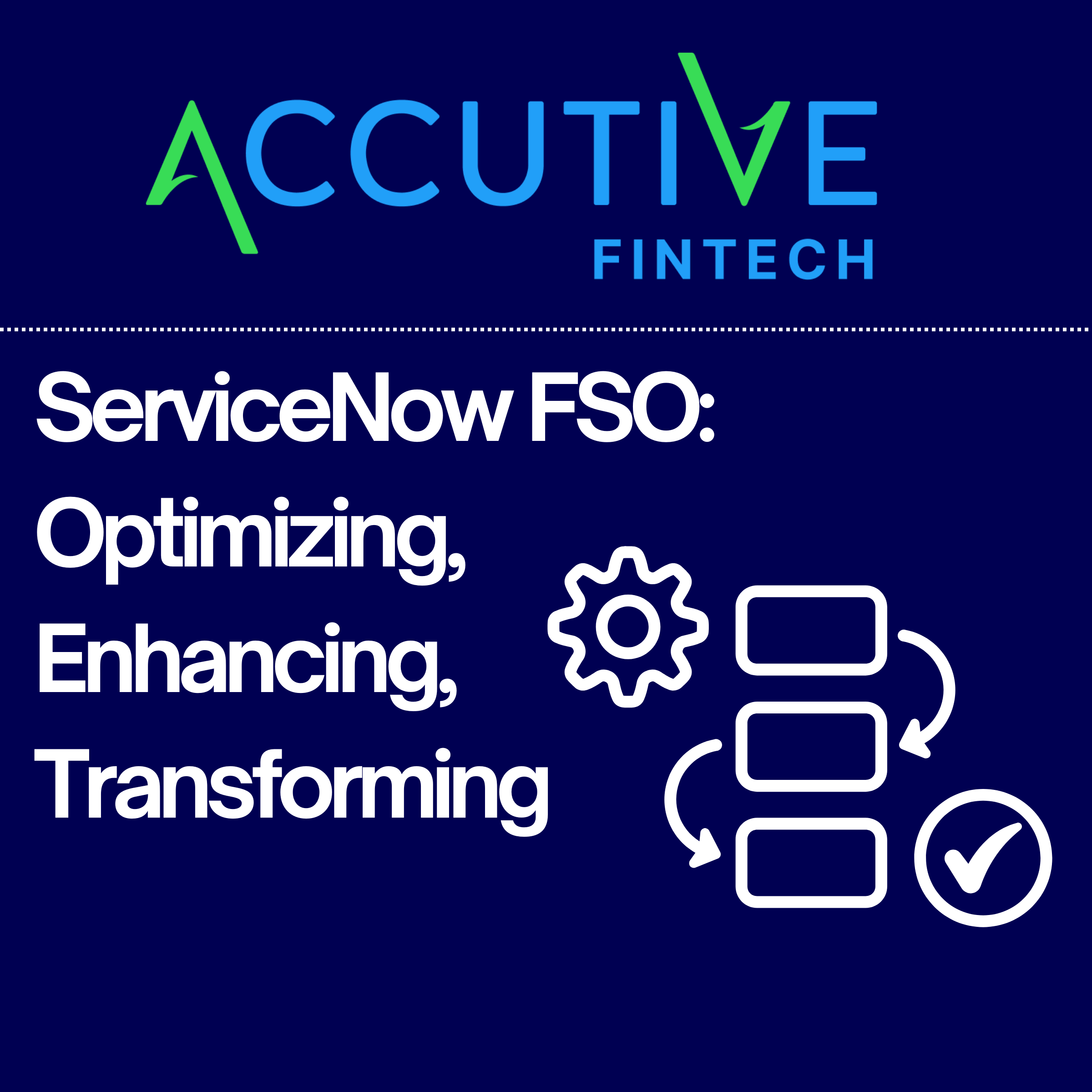Robotic Process Automation (RPA): What Does it Mean for Banks and the Financial Services Industry?
In the highly competitive and tightly regulated financial services landscape, your bank or credit union is constantly looking for efficiency gains. Robotic Process Automation (RPA) in financial services offers a significant shortcut to transform operations and boost the bottom line. Simply put, RPA automates repetitive business tasks, freeing up human resources for more strategic initiatives. This article will dive into RPA meaning in finance, explore key RPA use cases for financial services, and explain how it can have a transformative impact on your financial institution.
Understanding RPA in Finance Operations
What is RPA for financial services? Here’s the basic idea: robotic process automation (RPA) is intelligent automation software with “bots” that mimic the clicks, keystrokes, and data transfers a human worker would perform when interacting with various systems. This isn’t about physical robots, but rather about RPA bots that can automate repetitive business tasks. Robotic Process Automation in finance extends beyond simple tasks, enabling bots to perform more complex, manual operations such as fraud analysis, monitoring, reporting, and compliance checks.
RPA meaning in finance translates to increased efficiency, reduced operational costs, improved accuracy, and enhanced compliance. The most successful organizations are leveraging RPA for finance tasks, transforming how they operate and compete. For banks and credit unions, RPA in finance operations signifies a shift towards a more agile, efficient, and customer-centric model.
Accelerate your delivery with intelligent automation
Implementing the best software technology is not sufficient to compete in today’s world. To establish yourself as a leader, your bank or credit union needs to examine how you can transform your business processes to accelerate your development speed and empower your business teams to focus on your core drivers of business value. Robotic process automation in financial services frees your resources from repetitive and manual tasks with intelligent end-to-end automation of critical business processes.
One of the leaders in robotic process automation technology is Salesforce’s MuleSoft RPA. Leveraging MuleSoft RPA bots, you can automate any business processes for any team through a collaborative framework that ensures your IT development team and business users are on the same page.
RPA vs. iPaaS: Understanding the Difference
While both are valuable tools, it’s crucial to understand the difference between RPA vs. iPaaS (Integration Platform as a Service). iPaaS solutions like MuleSoft’s Anypoint Platform focus on connecting different systems through APIs, enabling data flow between them. RPA, on the other hand, automates tasks within and across those systems. Often, the two technologies work in tandem. For example, an iPaaS might connect a CRM to a core banking system, while RPA handles the data entry and validation tasks within that integrated workflow. Leaders in banking RPA often choose a unified platform that offers both RPA and iPaaS capabilities for streamlined operations and ease of use.
RPA Banking Use Cases
MuleSoft’s RPA capabilities have numerous use cases for your bank or credit union. Here is a focused look at 7 major use cases that we regularly implement for our clients. RPA processes we regularly implement for our clients include:
1. RPA for Customer Onboarding and Know Your Customer (KYC)
- MuleSoft Integration: MuleSoft RPA seamlessly connects to your digital onboarding platform such as Temenos Journey Manager, CRM systems including Salesforce Financial Services Cloud, and identity verification (IDV) platforms such as HID IDV.
- Benefits: Achieve a streamlined customer onboarding experience, reduce manual errors, and ensure robust regulatory compliance.
- Considerations: MuleSoft RPA’s OCR (Optical Character Recognition) capabilities are crucial for extracting and processing data from forms and ID documents.
2. RPA for Loan Processing
- MuleSoft Integration: RPA easily interacts with legacy core banking systems, loan origination systems (LOS), document management systems, and external credit bureaus (e.g. Equifax, TransUnion, Experian) via MuleSoft.
- Benefits: Accelerate loan processing with automated decisioning, achieve greater consistency, reduce operational costs, and elevate the customer experience.
- Considerations: The benefits of MuleSoft integration are particularly impactful when dealing with legacy systems that may lack extensive APIs for direct integration.
3. RPA for Fraud Detection and Prevention
- MuleSoft Integration: RPA bots work with transaction monitoring systems, data warehouses, and risk analysis tools. MuleSoft enables triggering bots based on real-time events and risk alerts.
- Benefits: Gain increased detection accuracy, faster responses to suspicious activity, and minimize losses due to fraud.
- Considerations: Robust security and monitoring are crucial within both your MuleSoft and RPA implementation when handling sensitive financial data.
4. RPA for Invoice Processing
- MuleSoft Integration: RPA integrates with accounting systems, ERP platforms, and third-party validation services (and, often, email providers).
- Benefits: Accelerate invoice processing cycles, drastically reduce errors, and improve your relationships with vendors.
- Considerations: Ensure your RPA solution has reliable OCR and document processing capabilities to handle the variety of invoice formats you may encounter.
5. RPA for Financial Reporting
- MuleSoft Integration: RPA interacts with diverse financial data sources, consolidation tools, and reporting systems. MuleSoft can deliver this data seamlessly into visualization dashboards or reporting platforms.
- Benefits: Deliver timely, accurate, and easily accessible financial reporting for informed decision-making, all while streamlining compliance processes.
- Considerations: Carefully assess data security requirements and integrate with audit and governance systems as needed.
6. RPA for Credit Risk Assessment
- MuleSoft Integration: RPA connects bots with financial data sources, credit scoring systems, and risk modeling platforms.
- Benefits: Boost efficiency, consistency, and speed in credit risk assessment processes.
- Considerations: When risk models or decision-engines lack their own robust APIs, MuleSoft integration can enable RPA to interact with them, which could be mission-critical.
7. RPA for Asset Management
- MuleSoft Integration: RPA facilitates interaction with market data sources, trading platforms, portfolio management systems, and analytics tools.
- Benefits: Optimize trade execution, enhance decision-making based on real-time insights, and fine-tune your asset allocation strategies.
- Considerations: Security and compliance take center stage in financial markets; ensure your MuleSoft environment provides robust governance.
Implementing Robotic Process Automation (RPA) in 4 Steps
1. Identify and Prioritize Processes
Identifying which processes would be ideal for automation with RPA, especially repetitive, manual and time consuming activities. Robotic process automation (RPA) use cases include tasks are well defined and repeatable.
2. RPA Process Design + Development
Next, MuleSoft RPA experts design and build RPA processes according to needs and specifications, including exception and error handling. Exception and error handling is critical as RPA is designed for consistent and repeatable tasks. With exception and error handling, RPA can continue to complete the task despite deviations from the predefined process.
3. RPA Process Test + Deployment
RPA testing is a critical, albeit often overlooked part of the RPA development process. As RPA bots will be completing key business processes, it is critically important that they are properly tested and validated prior to deployment. Accutive FinTech applies a proven testing and validation process as part of our Quality First Approach prior to deployment.
4. RPA Process Monitoring + Optimization
Your RPA program should evolve and scale with your organization. In addition to monitoring and optimizing your existing RPA bots, you should be identifying additional opportunities to replace manual, burdensome processes with RPA automation.
How to choose the right Robotic Process Automation technology
Accutive Fintech works with your financial institution to select the right RPA software for your needs, regardless of how complex or exacting they may be. Although all RPA solutions offer the ability to automate repetitive business tasks, MuleSoft RPA stands apart for several reasons. Firstly, MuleSoft RPA is not a standalone product, it deeply integrates with MuleSoft’s Anypoint Platform, the #1 integration platform in the financial services industry.
Secondly, the accessible design of MuleSoft RPA enables admins to rapidly design, build, and deploy RPA processes without extensive coding. MuleSoft Composer, which empowers non-technical business users to design and build integrations, is a powerful complement to MuleSoft RPA. With the combination of MuleSoft RPA and Composer, your business users can design flows that trigger RPA bots to automatically execute business processes.
Finally, MuleSoft RPA benefits from MuleSoft’s signature API-led connectivity. MuleSoft’s API Management capabilities provide a centralized platform for you to design, secure, deploy, monitor, and analyze APIs across their entire lifecycle, promoting discoverability and enabling seamless connectivity within your organization’s ecosystem. MuleSoft RPA bots can not only be triggered by API events but they can also create, publish, and reuse APIs themselves, further enhancing integration and automation possibilities.
Accelerating your digital transformation with MuleSoft RPA
MuleSoft RPA is a powerful, and increasingly essential, platform for automating your applications across your ecosystem. Since 2009, Accutive Fintech has worked with North American banks and credit unions to integrate their critical systems and optimize their processes. Our experts have leveraged MuleSoft RPA to transform the operations of major financial institutions and we are ready to help you realize significant time and cost savings with robotic process automation (RPA). Although RPA technology is powerful, implementing RPA in your organization is straightforward with the right partner.








